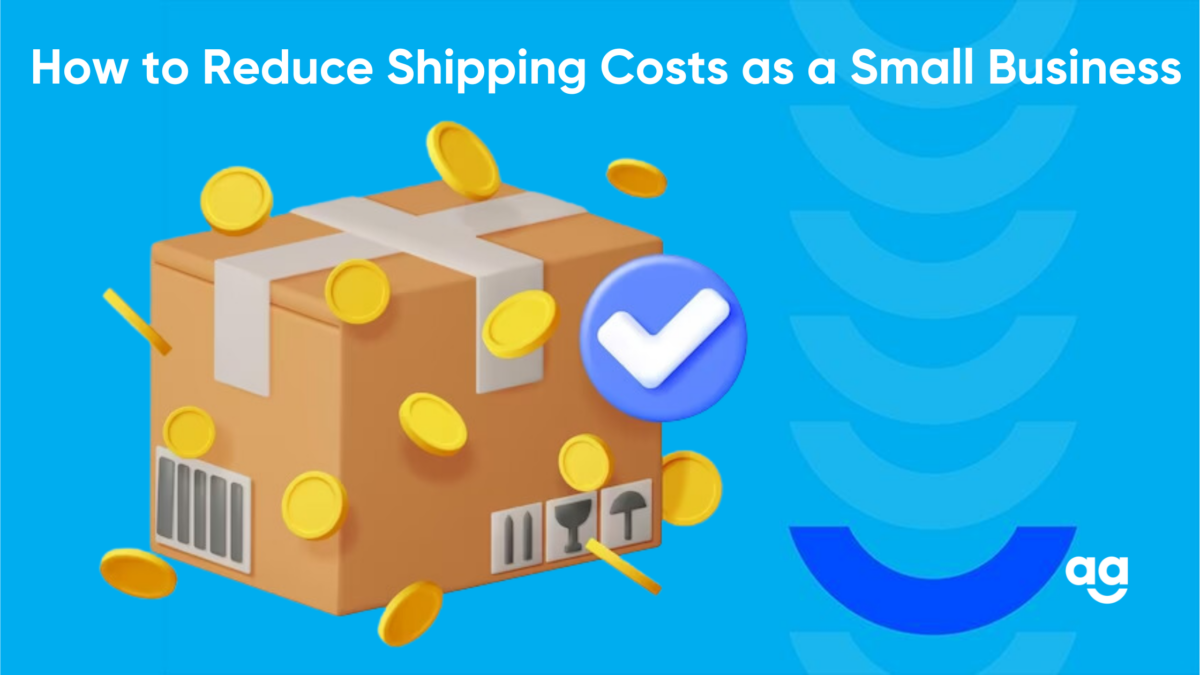Introduction
Shipping costs pose a significant challenge for small firms, often constituting a substantial portion of their operational expenses. As a successful small business owner with various expenditures, it is essential to prioritize reducing shipping costs and minimize their impact on your operations.
Imagine a customer adds a product from your online store and proceeds to checkout only to find that the shipping cost is higher than the actual cost of the product. Chances are, such high costs will put off the customer who will end up not buying your product because of sky-high shipping charges.
It goes on to show how imperative it is for small businesses to reduce shipping costs to remain competitive with their larger competitors.
So if you are wondering on how to get discounted shipping rates for your small business or how to reduce shipping cost we provide you with 6 ways you can do it.
6 Ways to Keep Shipping Costs Low
Optimizing costs to generate profitable returns is essential for every small business and, in many situations, the ultimate objective.
Overall, a variety of business aspects can be handled and controlled to avoid supplemental costs. Today, we’ll highlight a few of them and describe how you can save your shipping costs with each one.
1. Compare rates
It’s important to research and compare shipping costs from various carriers before selecting one to ship your merchandise. For domestic shipping, international shipping, speedy delivery with tracking, covering more pin codes, etc., each carrier has different costs that could work for you.
After doing some research, you’ll discover that some carriers are better for sending bulky shipments, while others provide affordable rates for smaller parcels. Generally speaking, each carrier has benefits for particular regions or nations, therefore it is important to research well and find the right fit for your specific requirements.
2. Reduce the weight and the dimensions of the box
The size and weight of the package are two elements that influence shipping costs. So, you must try and keep your packages small.
Here are some tips to improve your packaging:
- Use smaller boxes for lightweight products.
- Make sure the box is completely filled or is suitably filled.
- To save money, avoid using boxes for very small products.
- Reducing the size of the box can really reduce unnecessary costs. Choose boxes that are reasonably priced and appropriately sized to carry your product conveniently.
The basic rule of shipping prices is that heavier products cost more to ship. Additionally, several carriers provide reasonably priced solutions for transporting packages.
3. Reuse packages
Reusing them is an easy solution for small businesses to reduce expensive shipping and packaging costs. But make sure the old labels have been carefully taken off or properly concealed.
Consider lightweight bubble mailers that don’t take up as much space as boxes if you’re delivering non-fragile items.
4. Offer standard shipping duration
Customers today are spoilt for choice with options like same day and next day delivery. However, the businesses who send orders on the same day or the next day, incur quite a few costs for this shipping mode.
Similar to weight, time also follows a straightforward equation: the quicker the delivery, the more your shipping costs will be.
Small firms can adopt the strategy of merely providing basic shipping, which could result in a delivery time of three to five days for the consumer.
5. Last mile delivery service
When a product is delivered, it has traveled the last mile. Shipped goods are, in this instance, picked up from a transportation hub (a warehouse, for instance) and delivered directly to the location.
You can drastically lower your delivery costs if you can find a service provider close to your location.
One of the primary ways last-mile delivery services help small businesses reduce shipping costs is through economies of scale. By handling multiple deliveries within a specific geographic area, these services can consolidate shipments from different businesses, leading to shared transportation costs. This shared delivery model allows small businesses to benefit from cost efficiencies that would be challenging to achieve individually.
Wrapping Up
In order for small enterprises to maximize revenue, cutting transportation costs is an essential component. Shipping costs for small businesses can be reduced by putting into practice clever strategies like comparing rates from different carriers, reducing package weight and dimensions, reusing packaging materials, prepaying for shipping labels, offering standard shipping duration, and utilizing last-mile delivery services. To maintain a great shipping experience, it’s critical to strike a balance between cost-cutting tactics and customer happiness. Small business should also use courier charges calculator in order to determine the costs so they can optimize their shipping processes and increase long-term financial efficiency by carefully planning and implementing these cost-saving strategies.







 Shipping
Shipping







